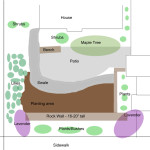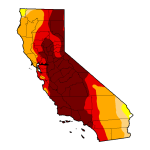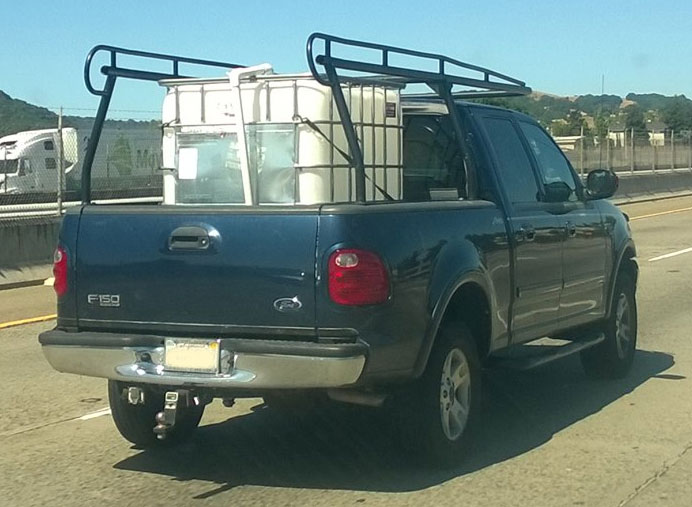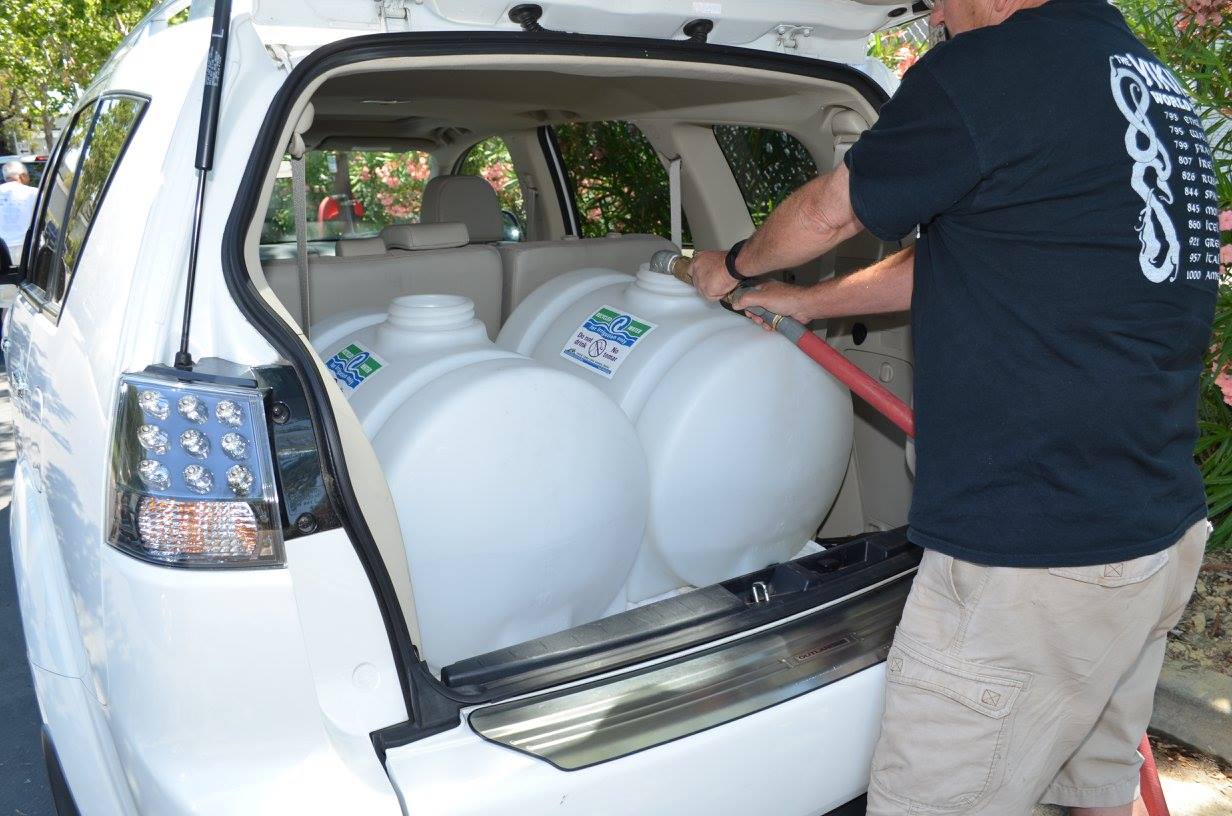As previously noted in “What Impact Does Recycled Water Have On Plants In The Garden” this is the fifth set in a series of data as provided from the UC Davis Report on “Landscape Plant Selection Guide For Recycled Water Irrigation“.
For this table, grasses are listed in 4 columns. The first is its Botanical Name, second column is Common Name, third column is its tolerance to salt spray and fourth column is its tolerance to soil salinity.
Plants were watered with spray irrigation from recycled water. The big take-away with this list is almost all grasses can handle recycled water and thrive in its environment.

 I follow a page on Facebook called “
I follow a page on Facebook called “

